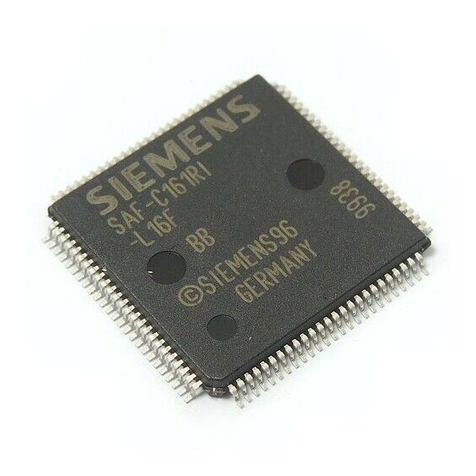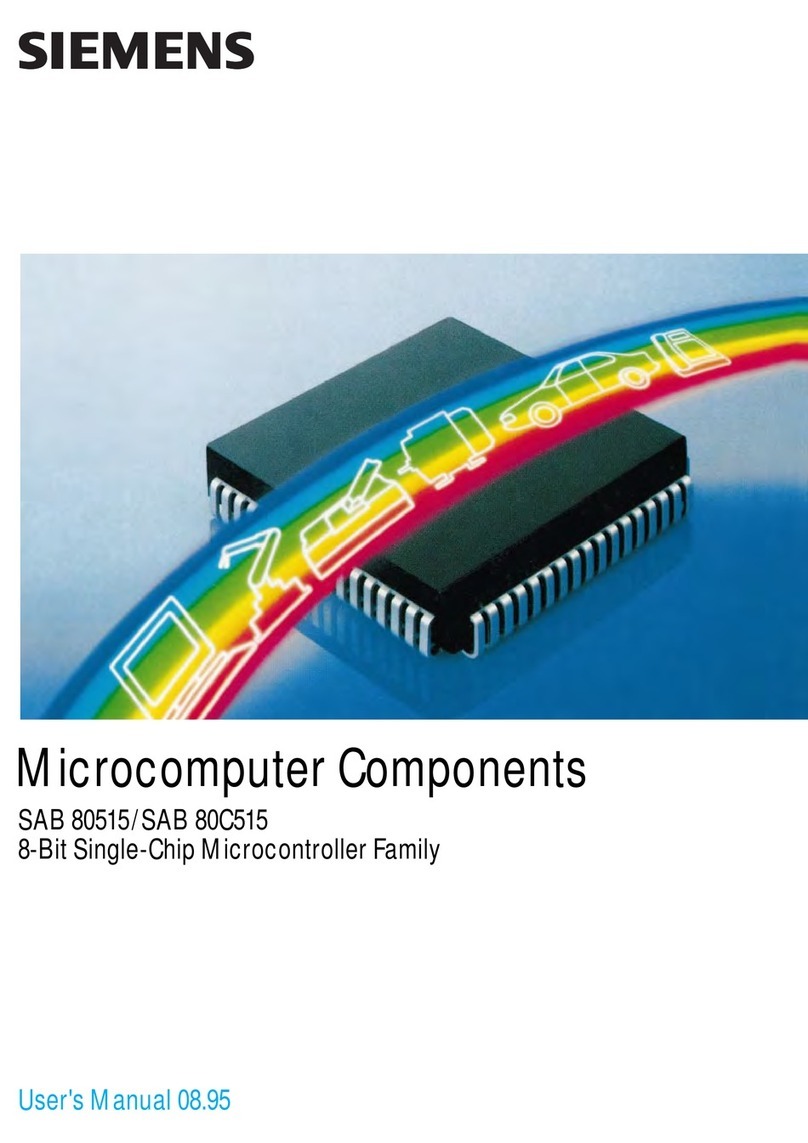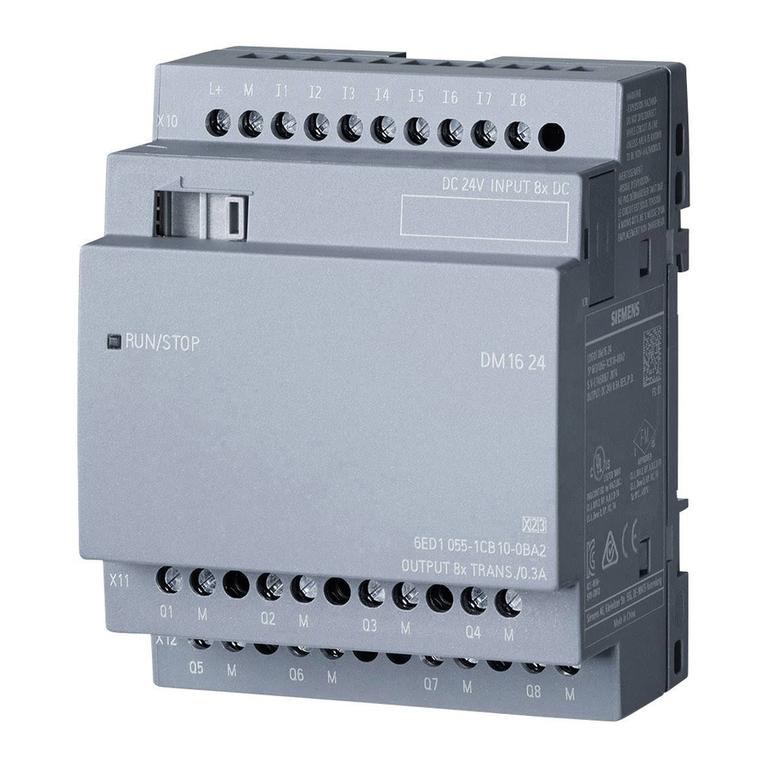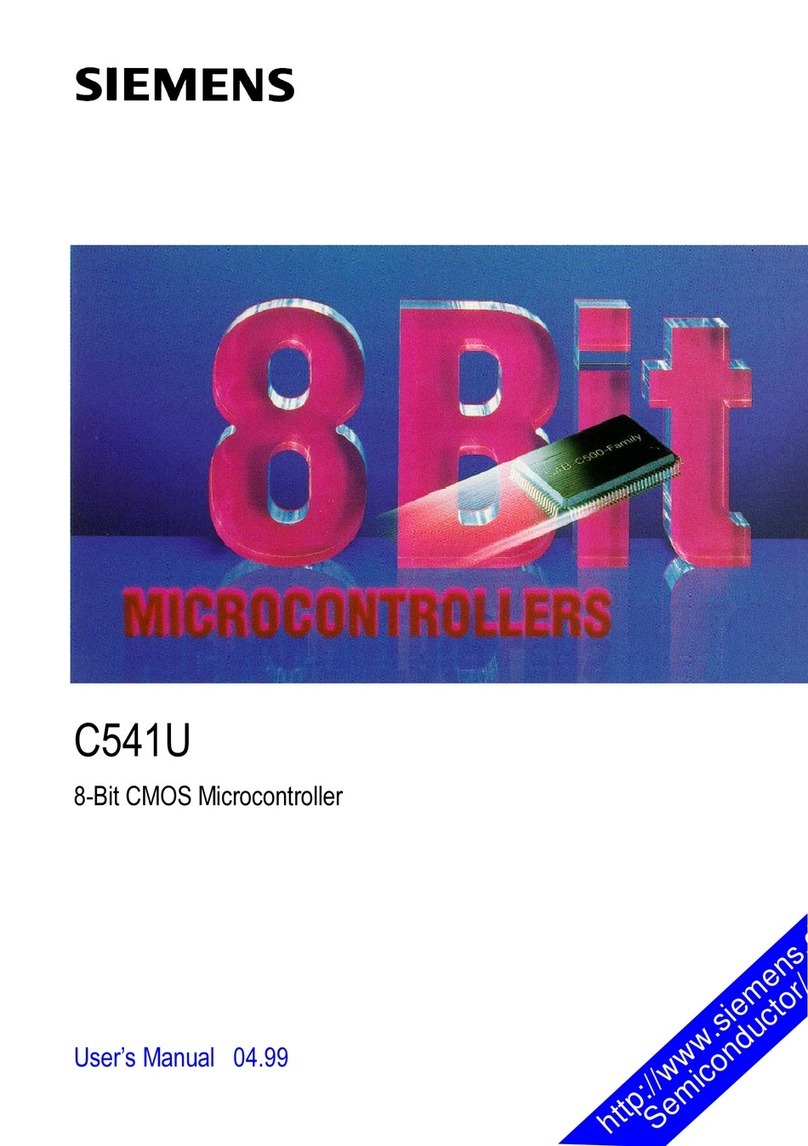
Semiconductor Group Errata Sheet, C167CR-LM, ES-DB, DB, 1.1, Mh - 8 of 11 -
ADCC.2: ADC Overload Current
During exceptional conditions in the application system an overload current IOV can occur on the analog
inputs of the A/D converter when VAIN > Vdd or VAIN < Vss. For this case, the following conditions are
specified in the Data Sheet:
IOVmax = | ±5 mA |
The specified total unadjusted error TUEmax = | ±2 LSB | is only guaranteed if overload conditions
occur on maximum 2 not selected analog input pins and the absolute sum of input overload currents
on all analog input pins does not exceed 10 mA.
Due to an internal problem, the specified TUE value is only met for a positive overload current 0 mA ≤
IOV ≤+5 mA (all currents flowing into the microcontroller are defined as positive and all currents flowing
out of it are defined as negative).
If the exceptional conditions in the application system cause a negative overload current, then the
maximum TUE can be significantly exceeded (depending on value of IOV and RAIN of converted
channel):
Problem Description in Detail:
1. Overload Current at analog Channel AN0 - AN9 and AN11 - AN15
If a negative overload current IOV occurs on analog input channel ANn (n≠10) than an additional
current IAN (crosstalk current) is caused at the neighbour channels ANn-1 and ANn+1. This behavior
causes an additional unadjusted error AUE to the ADC result.
Relation between IAN and IOV:IANn+1 = ovf1 * IOVn (n≠10)
IANn-1 = ovf1 * IOVn (n≠10)
2. Overload Current at digital Channel P7.7
A negative overload current IOV at digital Port P7.7 causes an additional current IAN at the analog
input AN0. The relation between both channels is also defined by ovf1:
IAN0 = ovf1 * IOVP7.7
3. Overload Current at analog Channel AN10
The behavior of an overload current at analog channel AN10 is different to all others because it has
an influence to VAGND. Depending on RAGND, the resistance between VAGND pin of the microcontroller
and analog ground of the system, the crosstalk current can cause an additional unadjusted error
AUE to all other analog channels.
In case RAGND < 40 Ohm the possible additional error to all other channels is smaler than 0.5 LSB
with the condition of IOVmax = - 5 mA at AN10. In that case the relation between AN10 and AN11 is:
IAN11 = ovf1 * IOV10 (RAGND < 40 Ohm)
In case RAGND > 40 Ohm the AUE has to be calculated via:
IANGND = ovf2 * IOV10 (RAGND > 40 Ohm)
5. Values of ovf1 and ovf2
Parameter Symbol Min Max
Overload factor_1 ovf1 - 0.0047 0
Overload factor_2 ovf2 - 0.0094 0

































